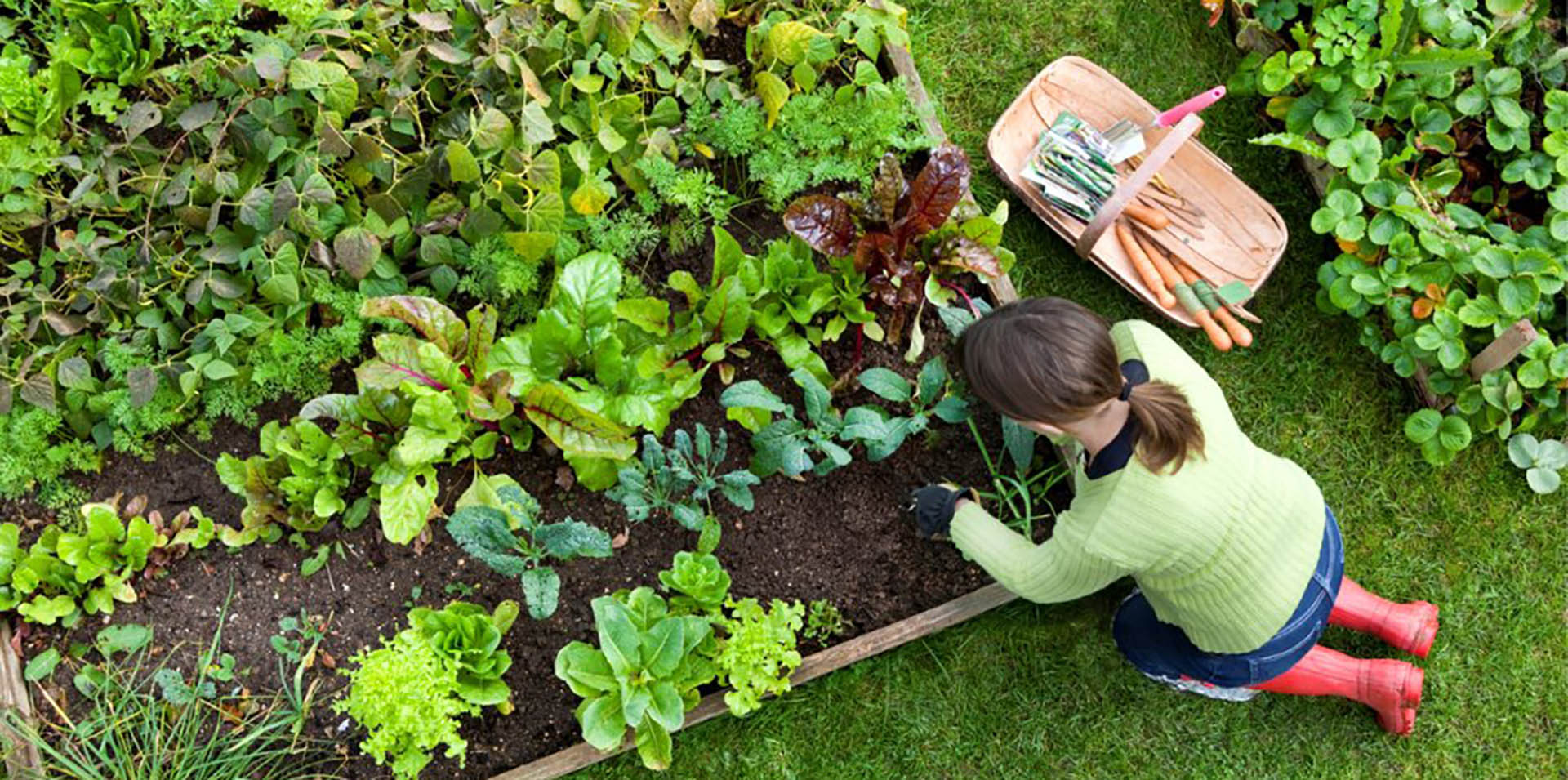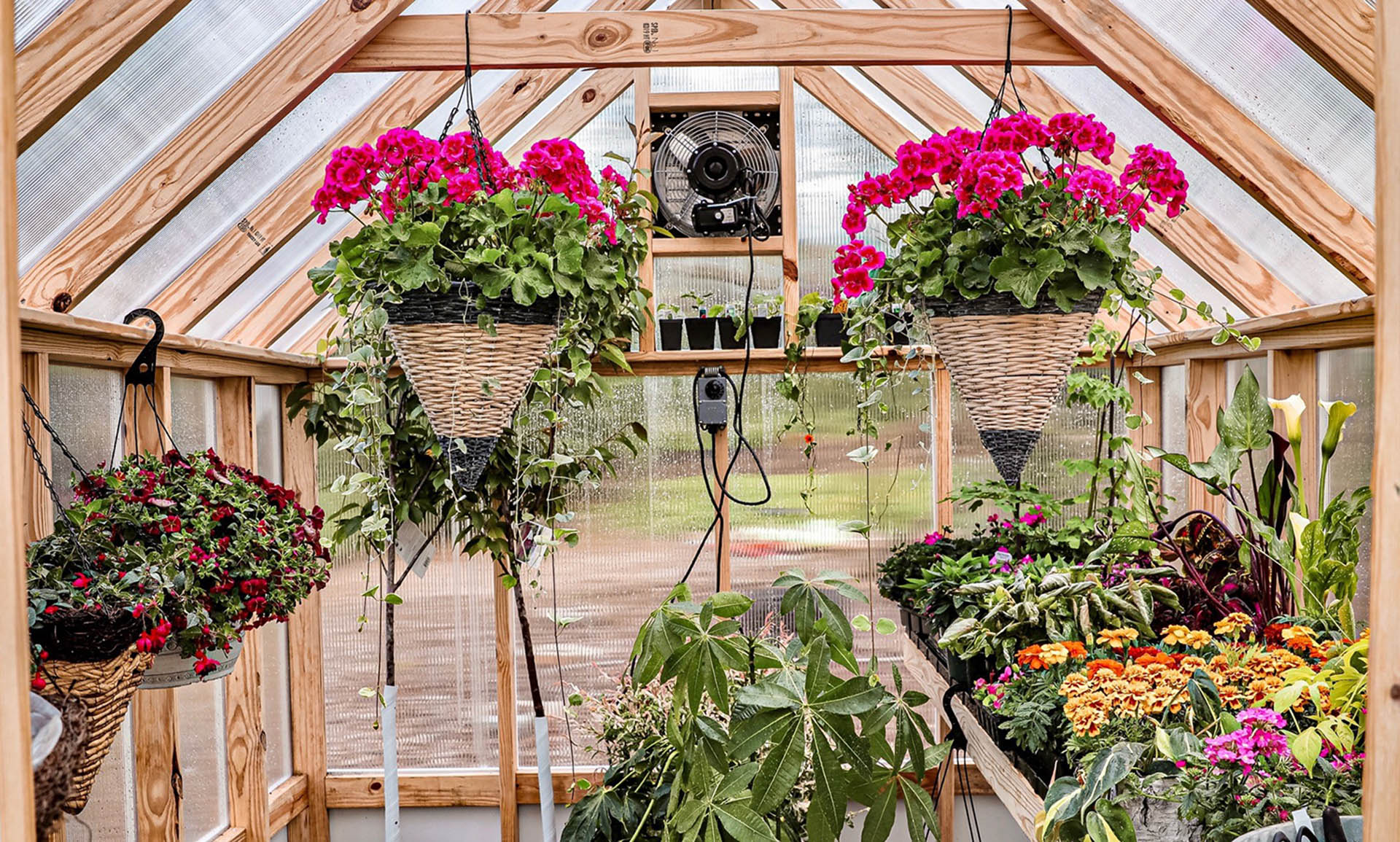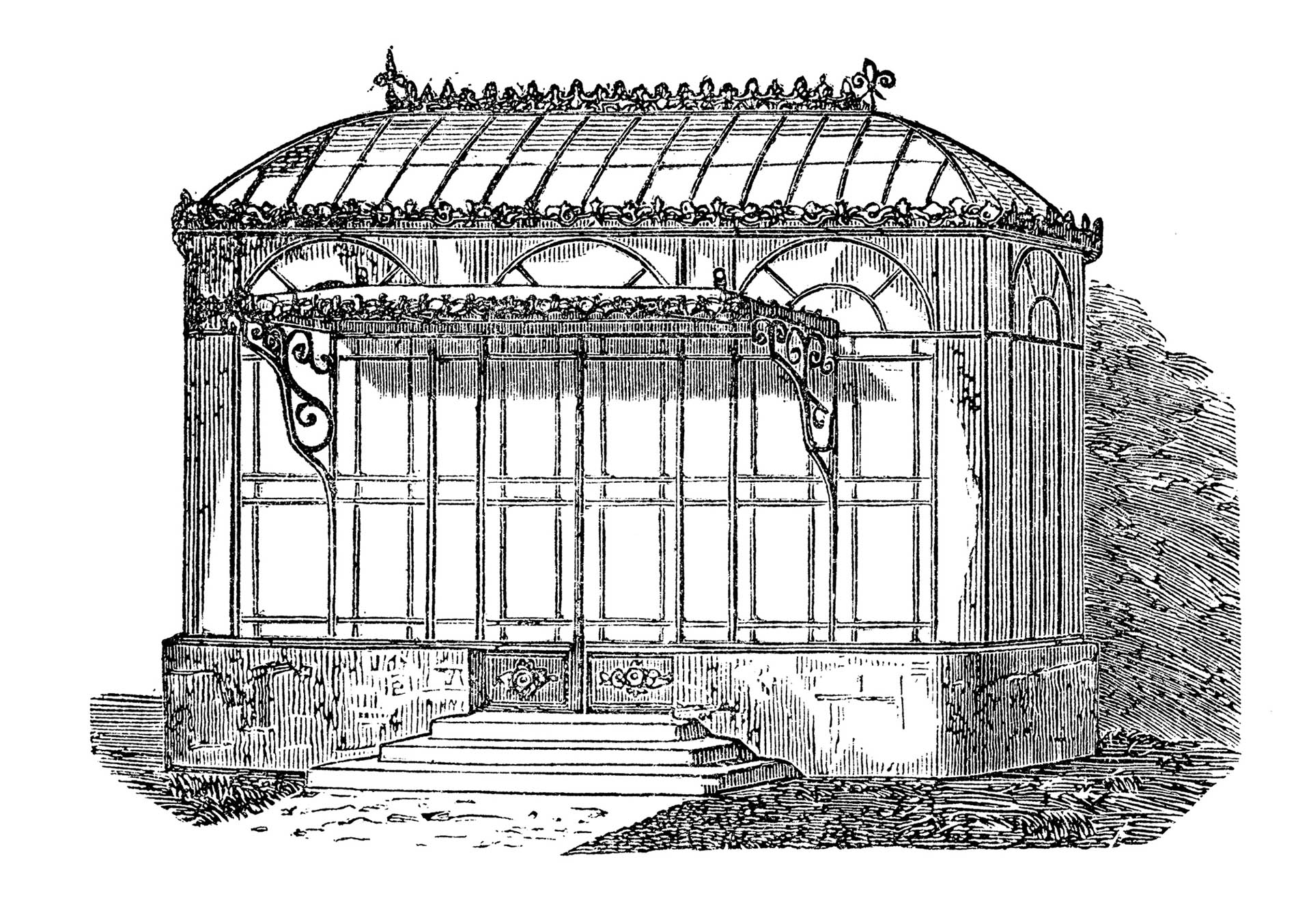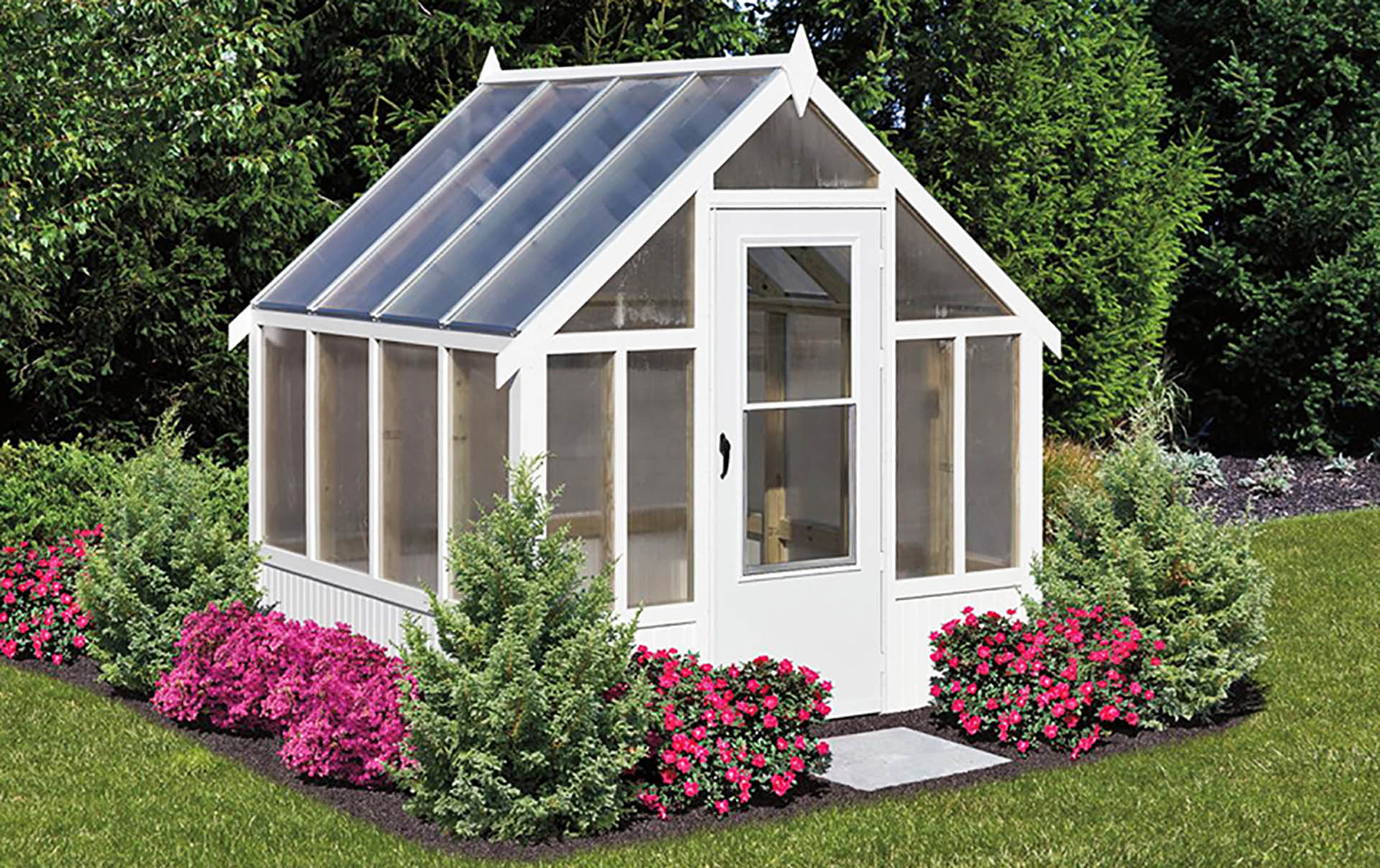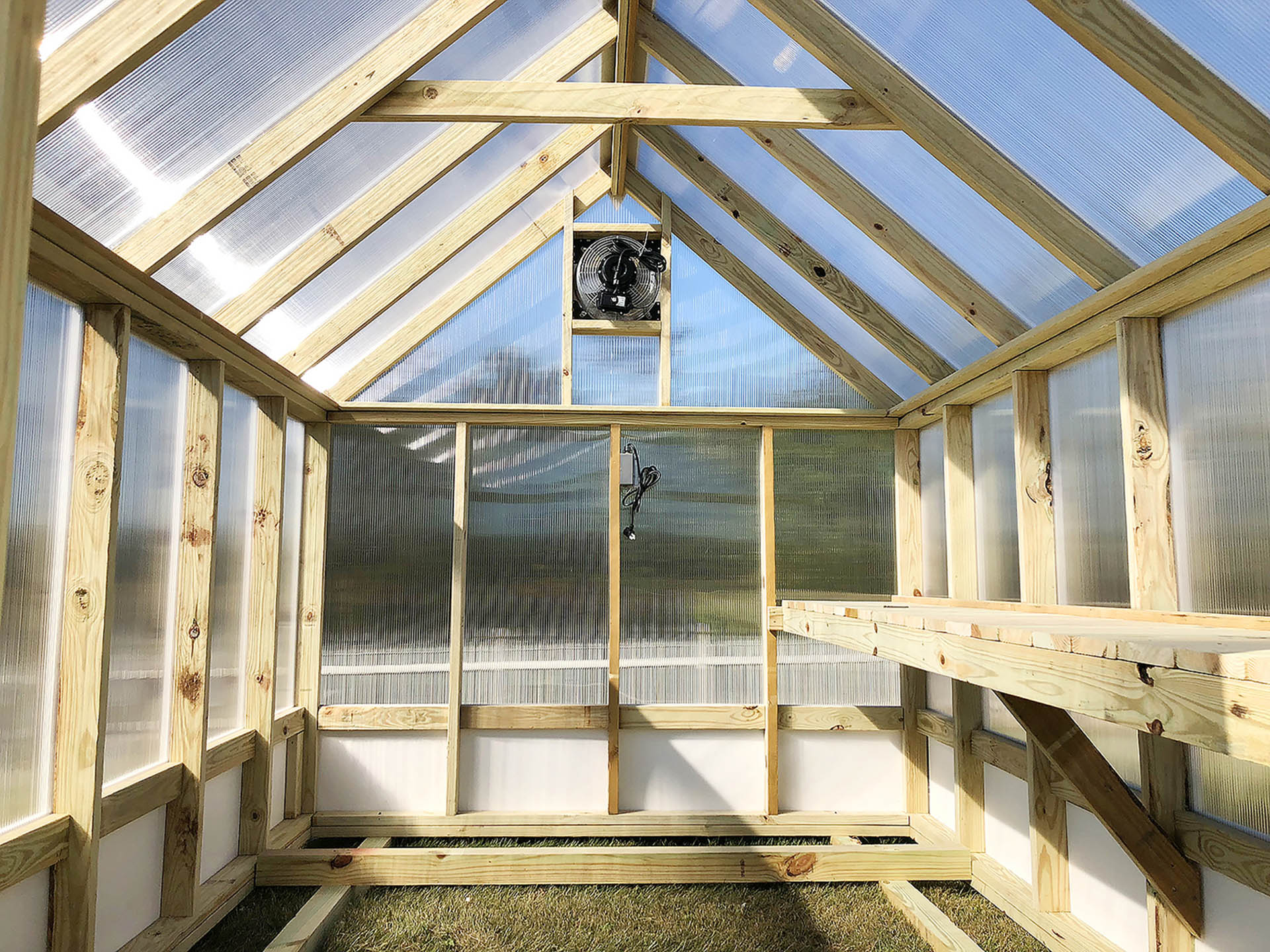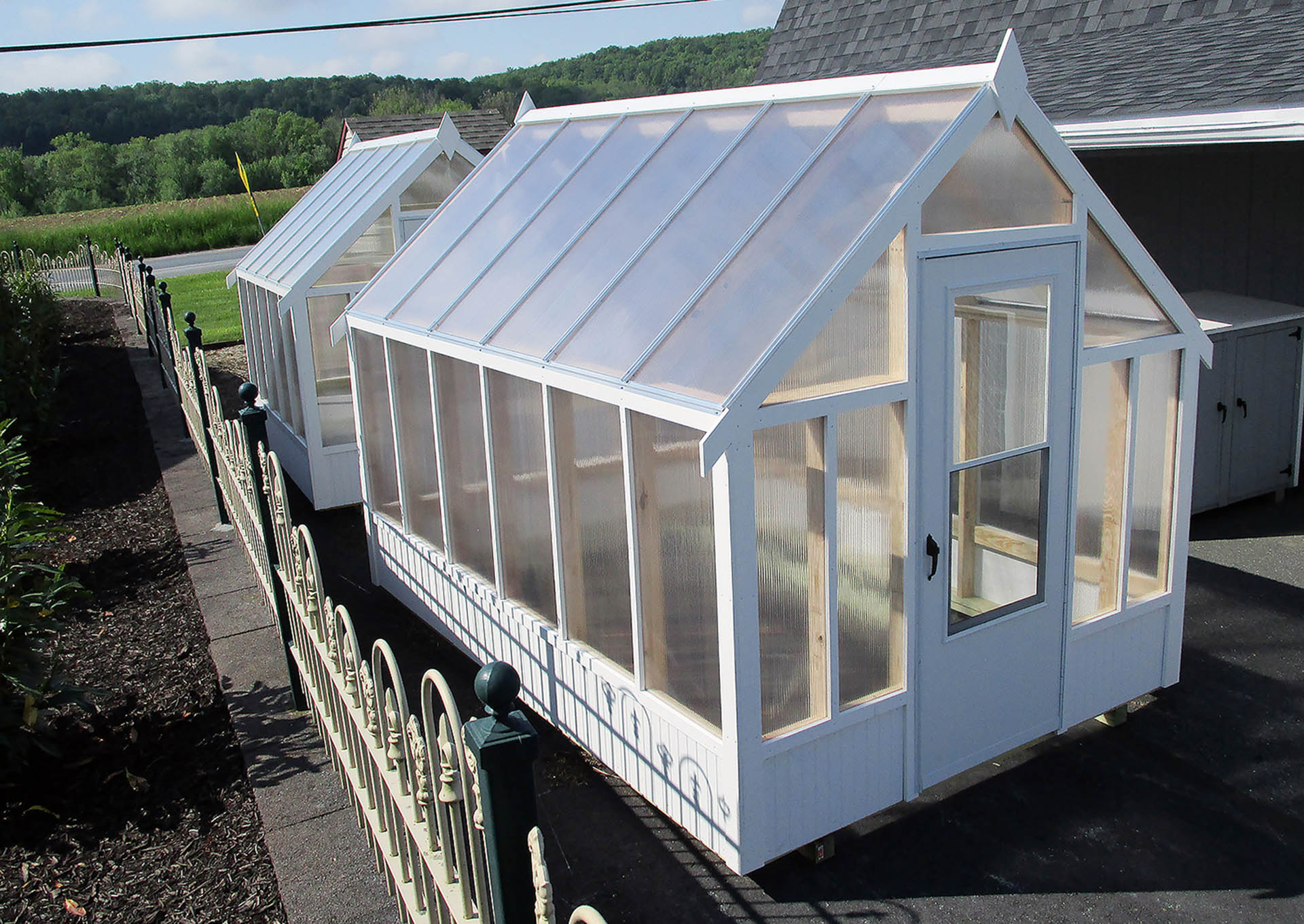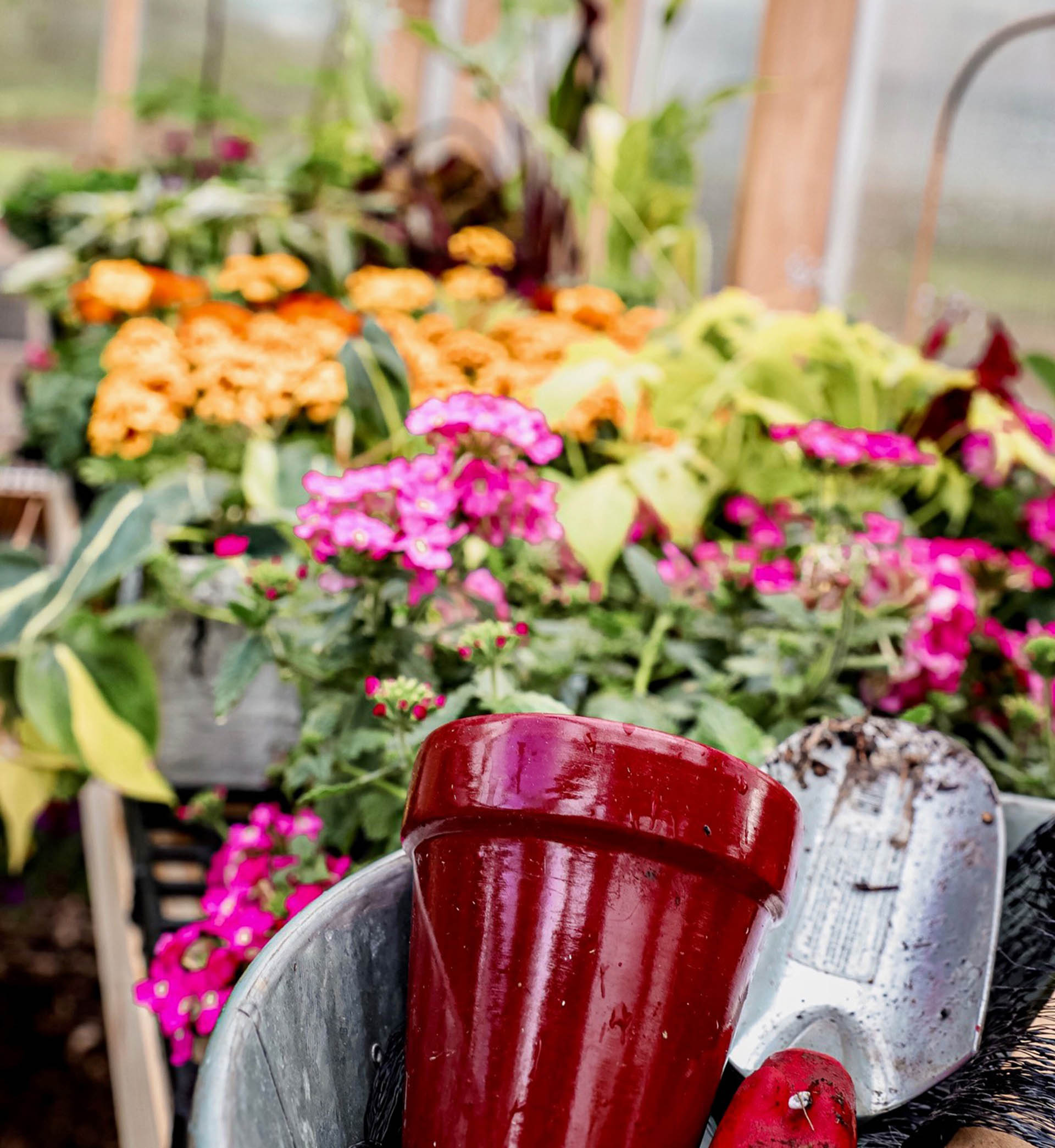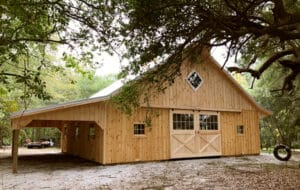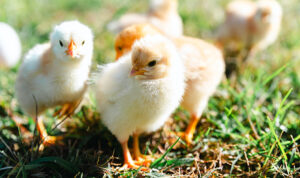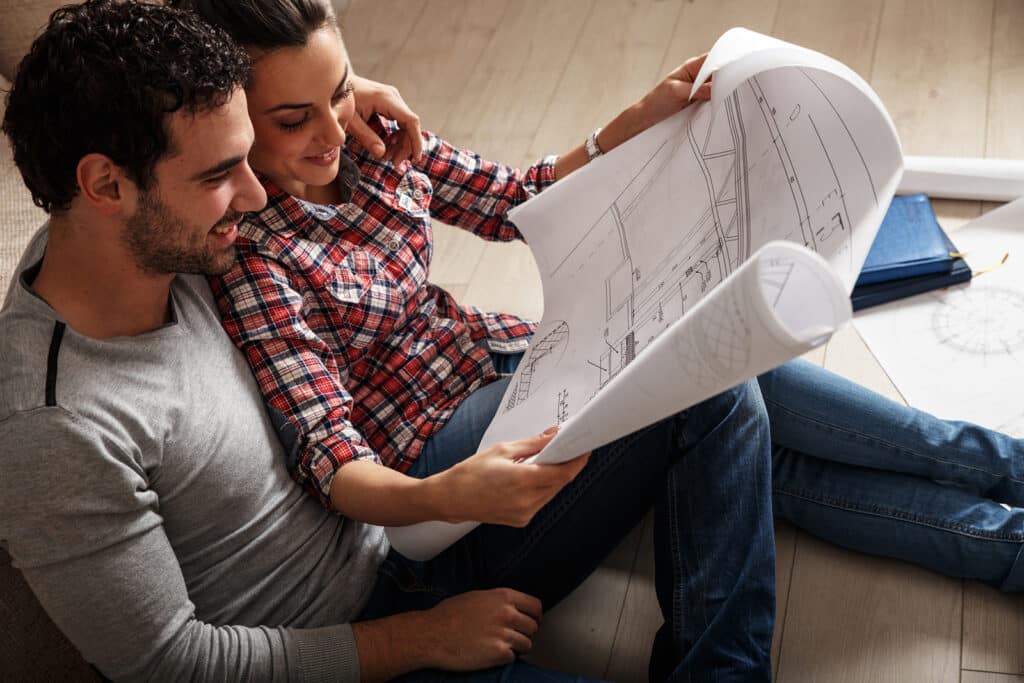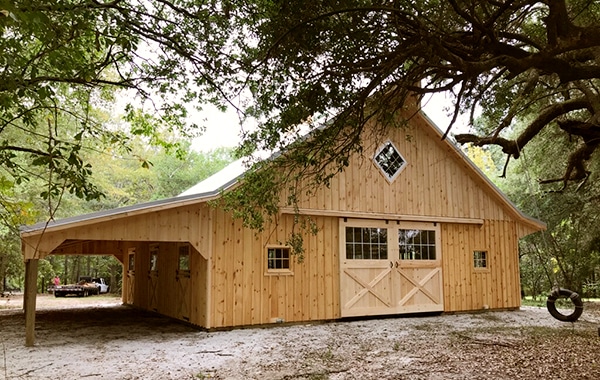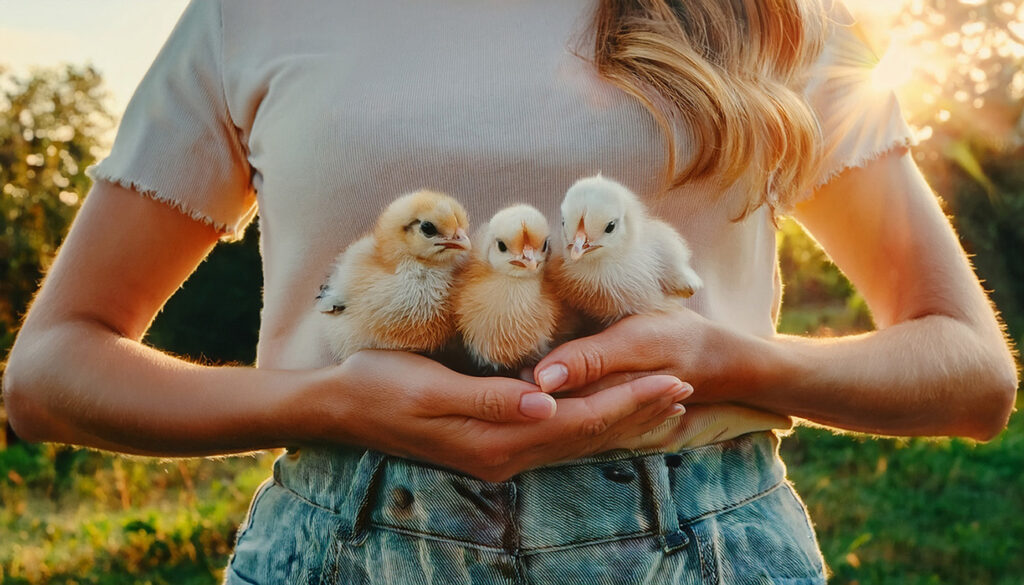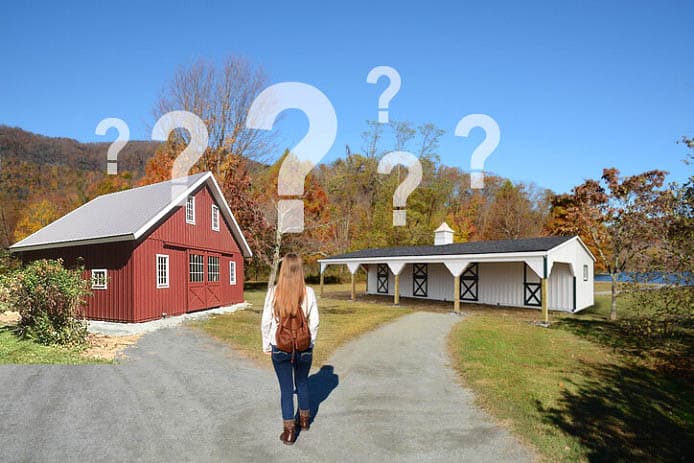Lots of folks are going green these days, venturing into vegetable growing for the first time to secure their own food source amidst the Covid19 pandemic. During World War II the ‘Victory Garden’ concept captured the benefits of producing foodstuffs on your own soil, limiting reliability on outside sources.
Other reasons to go green include health concerns and the ethic of mitigating the damage caused by our individual carbon footprints. GMO infused foods, radiated fruits and vegetables, bacteria and possibly virus contaminated plants and chemical laden products in our diet, have many folks concerned about the provenance and quality of what they eat and feed their families.
Healthy eating is a key element in the fight against disease and maintaining a good diet is forefront in the minds of many. The educational benefits that teaching children about how food is grown, rather than just shopping for plastic wrapped supplies of unknown origin in the local supermarket, plus the sincere satisfaction of harvesting your own produce, are great reasons to include gardening in your lifestyle.
The thing is – many people don’t know much about how to go about it.
Thankfully, there are many resources available online and in printed media to help the neophyte gardener. When it comes to extending the growing season and taking some control over the vagaries of Mother Nature, the addition of an affordable greenhouse to the overall plan yields many benefits.
Not only does a greenhouse provide a temperate place for early sowing of seeds for planting outside later in the season, it can also protect plants from pesky bugs and nibbling wildlife both hopping on the ground and soaring from the sky. It also limits the number of weeds!
The old-style historical glass greenhouses are a cumbersome option in the modern market. Their fragile nature makes them an unfortunate attraction for errant damage from kids’ footballs or other objects that are launched airborne in the garden in the interest of play. Unsightly cracked windowpanes and tedious replacement of glass panels can take time and patience.
The use of plastic as a cheaper and more user-friendly alternative to glass for siding the greenhouse, may be subject to tears and damage from high wind if not properly installed and tied down. Plastic can cause an annoying flapping noise in the garden and can also be an unsightly aesthetic when viewed from the kitchen window.
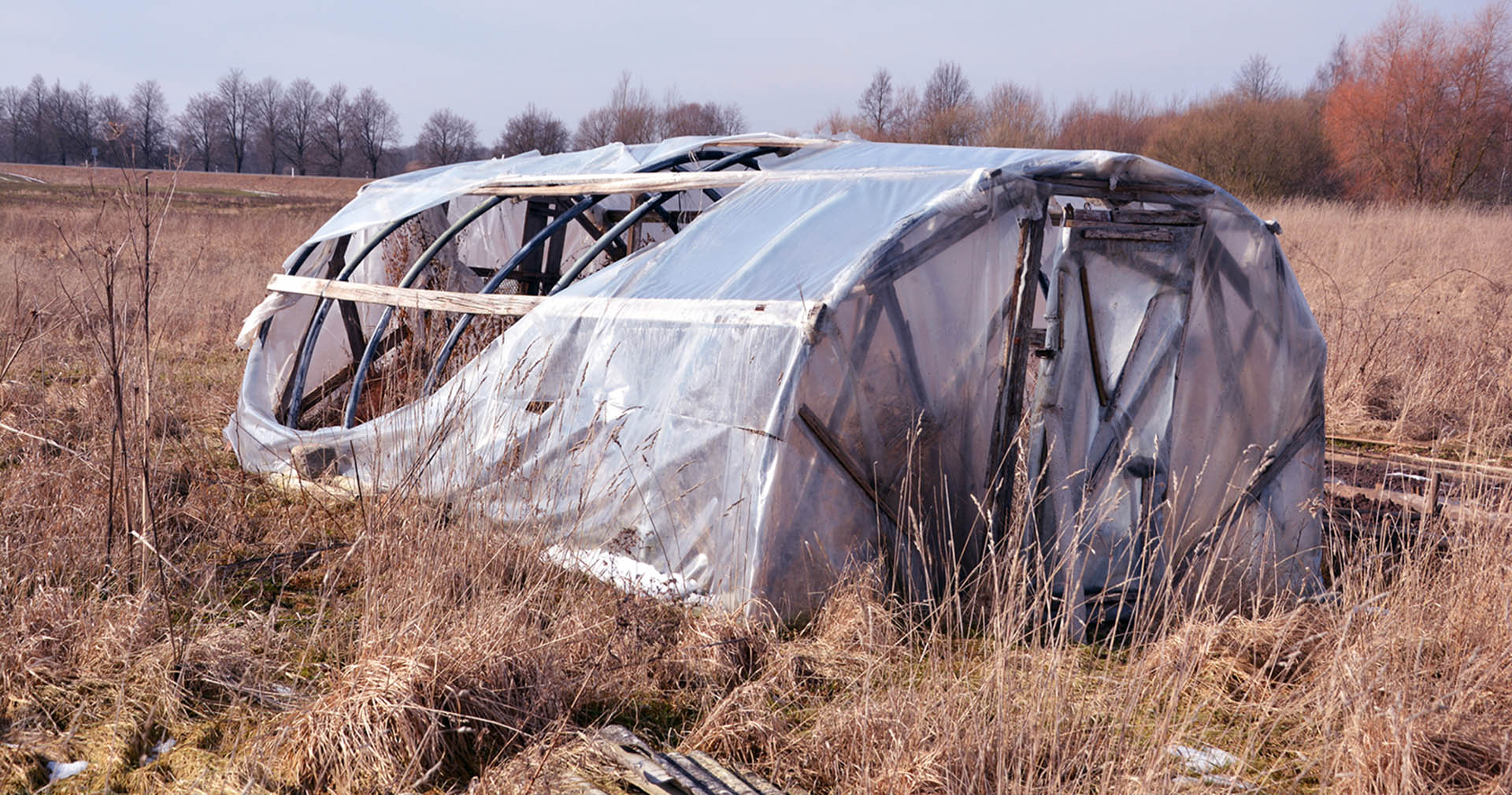
Consider using a resilient heavy-duty 8mm twin wall polycarbonate for siding as your greenhouse building materials. The sandwich ‘twin’ layer offers improved insulation for both hot and cold weather over fragile glass or plastic.
Other factors that the gardener should note before planting down their hard-earned greenbacks on a new greenhouse is the materials within the structure and how the components are put together. Maintenance free greenhouses with longevity literally built in are a great way to go.
Look for pressure treated lumber on all ground contact points, modern trim products that require no maintenance such as Versitex® trim. The greenhouse should also be securely planted on its designated level site to prevent tipping or movement during high winds and inclement weather. Augured anchor points in each corner can provide the needed stability.
A steep pitch roof will ensure more head room for the human occupant as the produce is tended, as well as shed snow load effectively in winter.
To keep the interior temperature equitable in summer, the provision of a thermostatically controlled fan will prevent burning of plants during extreme hot weather.
The entrance to the greenhouse should be screened to allow for ventilation without allowing insects and other wildlife to enter, and a screened window can add cross valuable cross-ventilation.
The benches inside should be lined with and/or made with solid plastic to allow the watering process to be completed without worry of rotting wood over time. Make sure they are at a convenient height too, so that backaches from bending over or working in an awkward position are avoided. Many manufacturers will customize the height if you ask in advance. This is particularly helpful if you are especially tall or if you are growing a specialist type of planting that requires more or less height room.
The cheapest greenhouse on the market is not the best way to go, as it simply won’t hold up to the years of earnest use expected from its purchase. It is important to ‘weed out’ the inferior versions. Look carefully at all elements of the greenhouse and ensure it has an aesthetic appeal as well as a functional one. A pretty greenhouse can add much to the beauty of the garden space.
The size of the greenhouse will depend on your needs as well as your budget and the space you have to put it on site. For most needs it is wise to start with something midsize, as a smaller greenhouse will be quickly outgrown. The avid amateur gardener will delight in the larger designs. Remember, many companies are happy to customize the interior of the structure to suit your needs with some basic changes that are easily applied. Don’t forget to ask the company if financing is available, especially if your budget is limited and you’d like to get started right away.
Finally, once you have found the glorious greenhouse you wish to buy, count on a company that has proven great customer service and can deliver the greenhouse to the property without fuss or hassle. Many companies offer delivery by ‘mule’ that can easily move the greenhouse into almost any spot regardless of limited access.
This is important as many folks have a back garden where they would love the greenhouse to live but are worried about how to get it ‘instantly’ planted in place.
As homestead traditions are embraced, the addition of a chicken coop and the keeping of a few chickens is also a hot trend. But that’s a whole other project!
As the romantic 18th Century poet William Cowper, an innovative gardener, who lived at an exciting time in England when he seeds and plants were first arriving from North America, once said,


